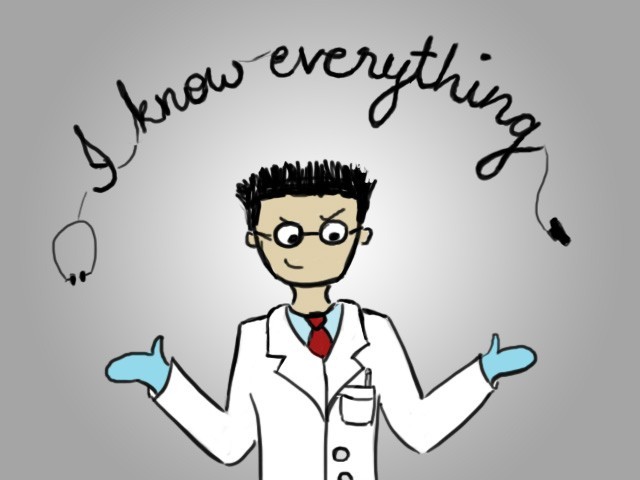Report on Antibiotic Resistance
Threats in the United States, (2013, CDC Report)
This report
provides a unique look at the threats that are posed by antibiotic resistant
bacteria to public health. Though the report talks of US, essentially the same
applies everywhere. Similar things are
happening in every society.
Every year,
more than two million people are infected in the US with some bacterium that is
resistant to antibiotics, and more than 20,000 people die every year due to
such infections. Many more Americans die every year from conditions that are
complicated by an infection that is resistant to antibiotics. The condition in economically
disadvantaged countries will be more disastrous.
Data indicates that most infections that are resistant to
antibiotics occur in the general US community, but many deaths that have
something to do with antibiotic resistance can occur in health care settings,
including nursing homes and hospitals.
The
report is a good reference for anyone who needs information about resistance to
antibiotics. It is designed to be easy to access for many different audiences.
It covers many types of bacteria that can cause severe infections in humans,
and the antibiotics that are currently used to treat such infections. Also,
Candida, which is a fungus that can cause serious illnesses, also is included
because it is showing a higher resistance to drugs that are being used for
treatment.
The
introduction of the CDC report states that infections that are resistant to
antibiotics can cause serious and avoidable costs to an overburdened health
care system. In many cases, these infections require longer and more expensive
treatments, longer hospital stays, more doctor visits and hospital visits, and
the result is more death and disability when compared to infections that can be
treated with antibiotics. The total cost to the economy of antibiotic resistance
in the US has been hard to figure, but estimates are as high as $20 billion in
extra health care costs, and $35 billion a year for additional costs to society
in terms of lost productivity.
Antibiotic
use is the most important reason that antibiotic resistance is increasing
around the world. Antibiotics are some of the most frequently prescribed drugs
that are used in human medicine. However, as much as 50% of all antibiotics
that are prescribed are not needed, or are not as effective as they are prescribed
to be.
Antibiotics also are often used
in animal feed to prevent disease, and to promote growth of animals that
produce food. Antibiotic use to promote growth is not needed, the CDC report
states, and the practice should be stopped.
 Another
major reason for the growth of antibiotic resistance is the increase of
resistant strains of many types of bacteria that are spread from one person to
the other, or from sources that are non human in our environment, including
food.
Another
major reason for the growth of antibiotic resistance is the increase of
resistant strains of many types of bacteria that are spread from one person to
the other, or from sources that are non human in our environment, including
food.
There
are four actions that the report states will help to fight such deadly
infections:
· Stop
infections and stop the spread of resistance
·
Track
bacteria that are resistant to antibiotics
·
Improve
use of antibiotics in medicine
·
Promote
the growth of new antibiotics, and develop new tests for resistant bacteria
The
report states that while many bacterial resistance problems are serious,
gram-negative pathogens are a serious problem. They are getting more resistant
to all types of drugs that may be considered for treatment. The report notes
that the most serious infections are associated with health care, and the most
common ones are Enterobacteriaceae,
pseudomonas
aeruginosa, and acinetobacter.
Viewing
this video may also be helpful
 CDC Year in Review: “Mission: Critical” (1)
CDC Year in Review: “Mission: Critical” (1) CDC Year in Review: “Mission: Critical” (1)
CDC Year in Review: “Mission: Critical” (1)









